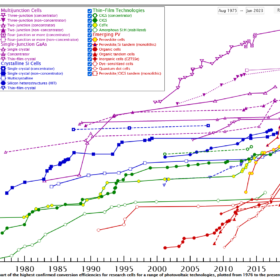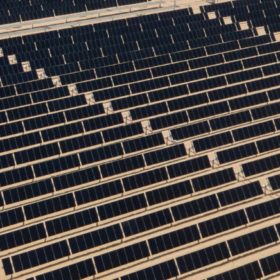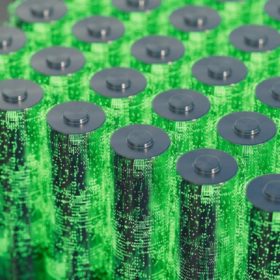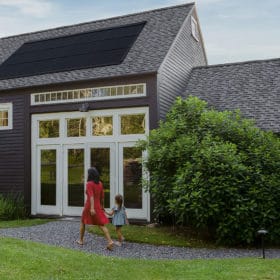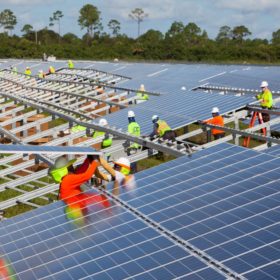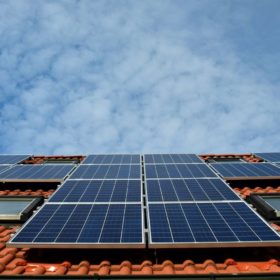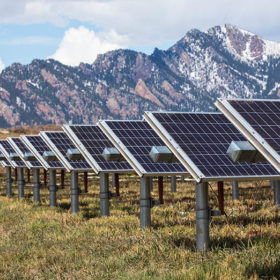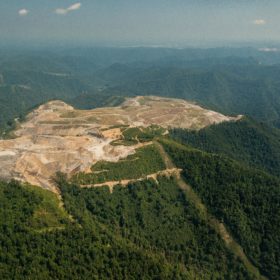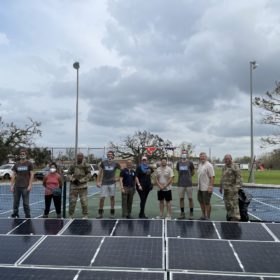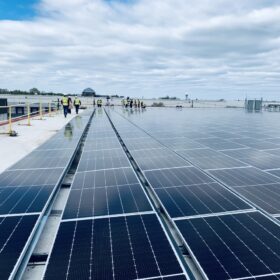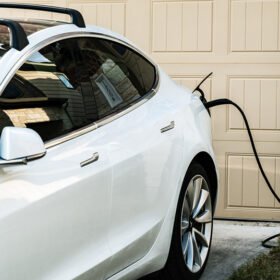NREL updates interactive chart of solar cell efficiency
The US National Renewable Energy Laboratory (NREL) has released a new, interactive version of its research cell efficiency chart for a range of PV technologies.
Sunrise brief: Intersect Power orders 4.9 GW of First Solar modules
Also on the rise: Database of North American lithium-ion suppliers. Solar sidewalk pilot project in Tampa. And more.
Solar windows cut emissions and energy use by 40% in glass skyscrapers
Researchers at the National Renewable Energy Laboratory modeled the benefits of PV in highly glazed skyscrapers.
Lithium-ion database of North American supply chain from raw materials through battery packs
In the quest to strengthen U.S. competitiveness in lithium battery innovation and manufacturing, the NAATBatt Lithium-Ion (li-ion) Battery Supply Chain Database lists North American companies across the lithium-ion supply chain.
All-perovskite tandem solar cell with 27.4% efficiency, high voltage
A U.S.-Canadian research group has built an all-perovskite tandem solar device with a record-breaking open-circuit voltage of 2.19 eV, which they achieved by reducing recombination at the electron transport layer.
Tackling soft costs and crossing “The Chasm” in U.S. residential solar adoption
U.S. residential solar demand is expected to ride a 10% compound annual growth rate, adding $6 billion in incremental growth by 2025, said Technavio. But soft costs like customer acquisitions remain relatively high compared to other solar markets across the globe.
Visualizing the remarkable progress of solar energy
The last decade laid the foundation for solar to be a major energy source going forward. What will the next decade have in store?
Automation tool helps speed rooftop solar connection to the grid
NREL and SMUD developed PRECISE, a tool that leverages smart inverter functions to help utilities make faster interconnections.
PV modules with longer lifetimes could slash demand for materials
The National Renewable Energy Laboratory (NREL) says in a new report that PV module lifetime extensions should be prioritized over closed-loop recycling to reduce demand for new materials.
Cooling down solar modules by increasing space between panel rows
A U.S. research team claims to have demonstrated that increasing the spacing of solar panels between rows improves PV system efficiency and economics by allowing airflow to cool down the modules. The method could improve a project’s LCOE by as much as 2.15% in certain climates.
